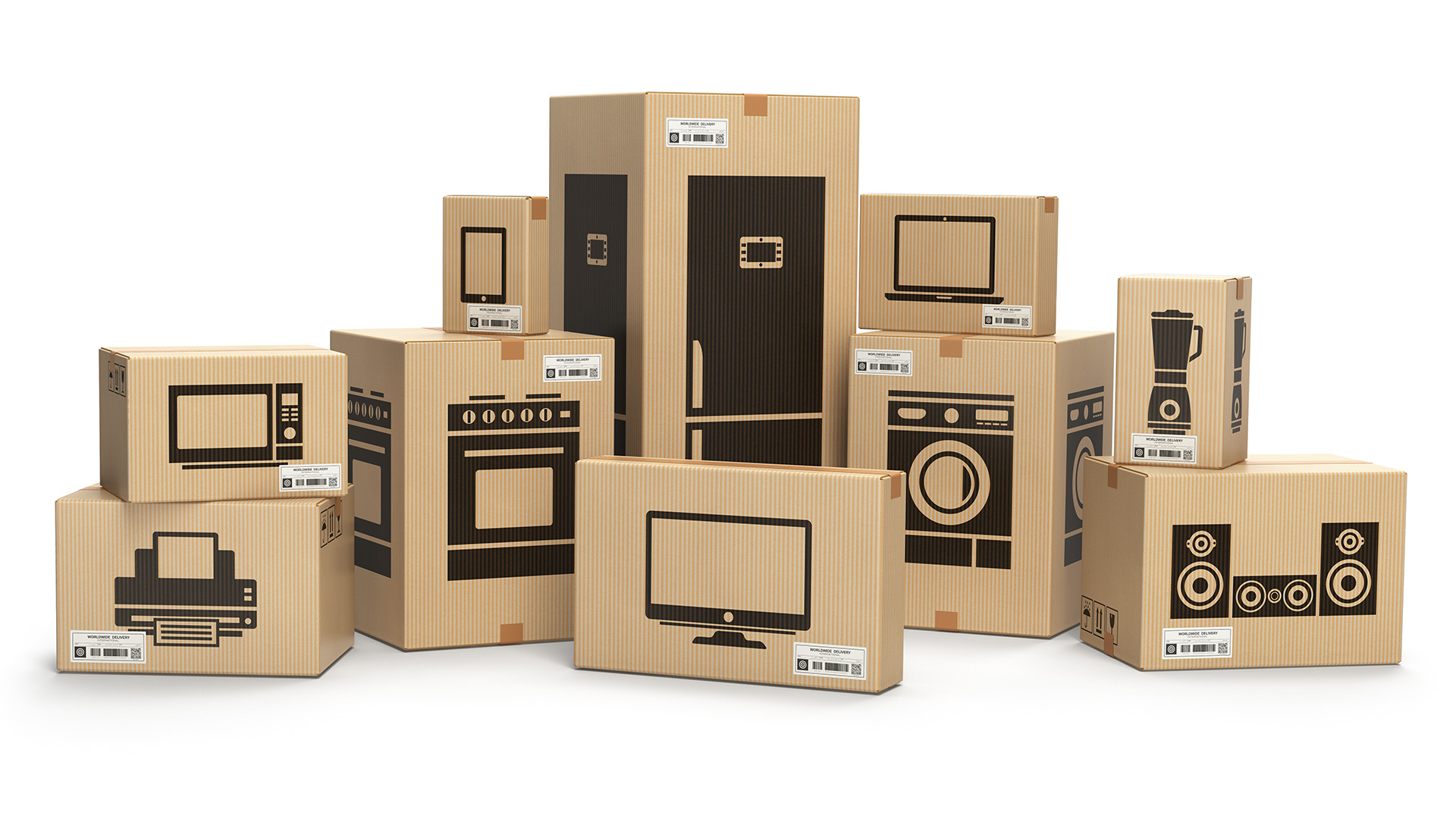Two of the oddities of the June 30 reporting season were the better-than-expected results from JB Hi-Fi and Gerry Harvey's relaxed attitude after a stronger-than-anticipated end to his company's tough financial year.
This week's June quarter National Accounts provided an explanation for these positive results, revealing a solid rise in retail sales during May and June that JB Hi-Fi and Harvey Norman capitalized on.
Both retailers acknowledged the challenges of the year but noted that the final quarter saw stronger sales with minimal margin erosion.
Both are significant advertisers across various media, from traditional print and television to online platforms.
In this modern age of social media and instant gratification, it's reassuring that traditional retail strategies still work, even if they are often misunderstood by business commentators and market analysts.
Despite the prevalence of online shopping and social media, retailing is still about persuading shoppers to spend money. Retailers employ various tactics to entice customers to open their wallets, even during difficult economic times.
Retailers of all sizes use a variety of promotional strategies, including increased advertising on television, radio, newspapers, and online platforms. From price cuts to two-for-one deals, and from flexible financing options to big sales events like Black Friday, Cyber Monday, Easter, and End-of-Financial-Year sales, retailers have tried various approaches. While some have been unsuccessful, others have proven effective, especially in the past year.
The Black Friday sales in November and December of recent years have generated a noticeable increase in retail spending. Similarly, towards the end of the June quarter this year, after one of the most challenging periods for retailers in over a decade, we witnessed a solid uptick in spending that surprised many analysts and economists.
Australian Bureau of Statistics retail data showed a significant increase from March to June this year, with annual sales growth rising from 0.9% in March to 2.9% in June. The early start to end-of-financial-year promotions clearly performed better than expected.
Many major retailers also reported improvements in the final weeks of the financial year and a positive carryover into July and the beginning of the 2024-25 financial year.
Despite the strong rise in retail sales during the quarter, household spending overall fell by 0.2% (following a 0.2% increase in the March quarter), with a 1.0% drop in food spending attracting particular attention.
The ABS noted that spending on many discretionary categories declined in the June quarter, following a relatively strong performance in the March quarter that included several sporting, gambling, and music events.
While media outlets and economists focused on the drop in food spending, they may have overlooked other key factors highlighted in the ABS's detailed commentary.
While household spending and food spending decreased, the ABS pointed out that price substitution by consumers (trading down) was a significant factor. Additionally, the ABS emphasized that a decline in travel spending had a more substantial impact on overall household spending.
Katherine Keenan, head of national accounts at the ABS, noted that transport services, particularly air travel, experienced the sharpest decline since the September 2021 quarter.
On the positive side, some areas of household spending saw strong growth. For example, the ABS highlighted a 4.0% increase in furnishings and household equipment as consumers took advantage of end-of-year sales.
This category includes products that are strengths for JB Hi-Fi (and its Good Guys division) and Harvey Norman, such as televisions, computers, coffee machines, and other household appliances.
These larger-ticket items are considered discretionary purchases, yet spending on them increased significantly during the quarter.
The ABS reported that sales of electrical goods were so strong during the end-of-financial-year sales that imports of household electrical goods rose by 16% in the quarter.
Overall, discretionary spending fell by 1.1%, following a rise in March. This decline was driven primarily by services, partially offset by goods, with transport services (travel) down by 4.4%. Hotels and cafes experienced a 1.5% decrease but remained at elevated levels.
While the ABS noted the declines, it emphasized that they were not overly significant.
Regarding the 1% drop in food spending, it's possible that supermarkets and food retailers may not have offered sufficient price reductions or promotions to attract and retain customers.
While there have been allegations of price gouging, it may be more a matter of incompetence or reluctance on the part of major retailers to sacrifice margins in order to retain customers.
Essential spending increased by 0.5% in the quarter, driven by rent and other dwelling services, reflecting continued population growth.
Electricity, gas, and other fuel costs rose by 2.4% due to a reduction in electricity rebates and increased heating demand during the cooler June period.
While it's undeniable that many consumers and retailers are facing challenges, the national accounts and retail sales figures demonstrate that consumers did open their wallets in surprising ways.














